What to do if the car tires are broken? If you encounter a tire failure during driving, you need to remain calm and scientific. Follow the following four steps to ensure the safety of people and vehicles to the greatest extent.
1. Three-step safety warning method
Control the vehicle speed: Hold the steering wheel tightly, step on the brakes slowly and gradually reduce the speed. Do not brake suddenly and cause loss of control.
Parking on the side: Turn on the double flash lights, try to move the car to the emergency lane or the right hard shoulder, avoid curves or tunnels.
Set up warnings: Place a triangle warning sign 50 meters behind the car (150 meters in highway), and the profile light must be turned on at night.
2. Standard process for replacing spare tires
Tool preparation: Remove the spare tire, jack and sleeve wrench, and some models need to remove the decorative cover first.
Use of jack: Select the specified support point of the frame (refer to the manual). When lifting, the wheels are 2cm away from the ground.
Remove the tire: Loosen the screws diagonally, retaining the last bite to prevent the hub from falling.
Install the spare tire: first pre-tighten the screws diagonally, lower the jack before locking them completely (torque reference to the door mark).
Note: The speed limit for non-full-size spare tires is 80km/h, and the official tires need to be replaced when driving does not exceed 100km.
3. Special scenario response plan
Vehicles without spare tires: Some new energy vehicles are only equipped with tire replenishment fluid. They need to be injected according to the instructions and drive at low speed to the maintenance point.
Female/Newbie Car Owner: Call the insurance company rescue phone number immediately (most of them provide free trailer service).
Night/hard weather: Priority evacuate outside the guardrail and wait for rescue, and do not stay in the car for a long time.
4. Four elements of long-term prevention
Tire pressure monitoring: Check tire pressure every month (see the B-pillar label for standard values), and the error should not exceed ±0.2bar.
Wear observation: Replace immediately if the pattern depth is less than 1.6mm, pay attention to the tire wall bulge/crack.
Dynamic balance calibration: After replenishing the tire, dynamic balance is required to avoid shaking of the high-speed steering wheel.
Hub maintenance: Clean the mixed gravel regularly to prevent slow air leakage.
Mastering these techniques can resolve 80% of tire crises. It is recommended that novices practice practice under the guidance of professionals, and purchase an auto insurance package that includes road rescue services if necessary. Remember: safety is nothing small, prevention is better than emergency response.

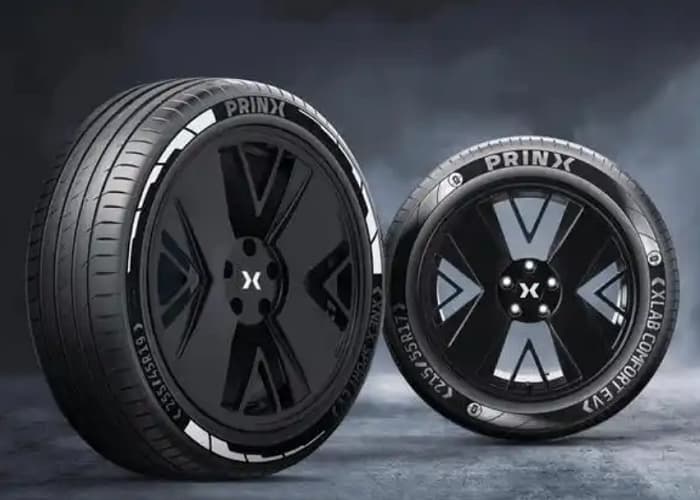

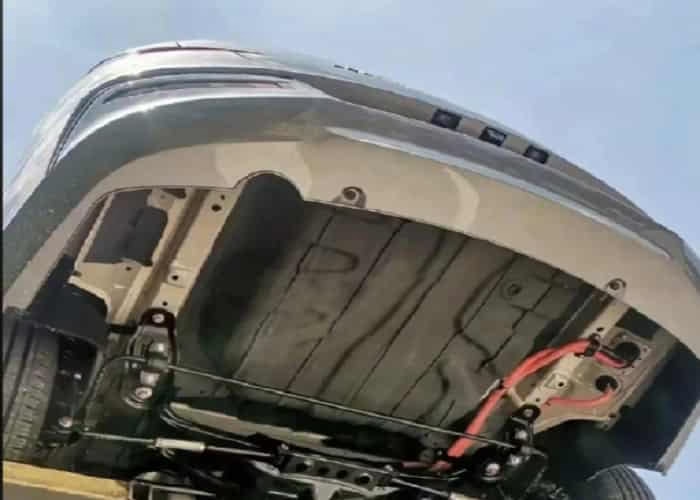

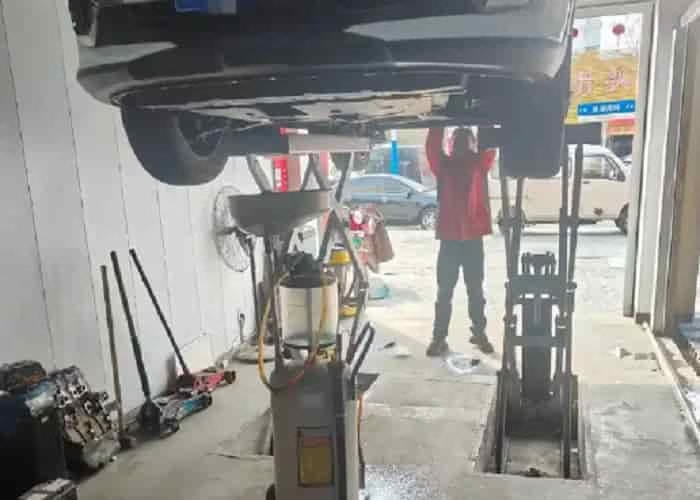
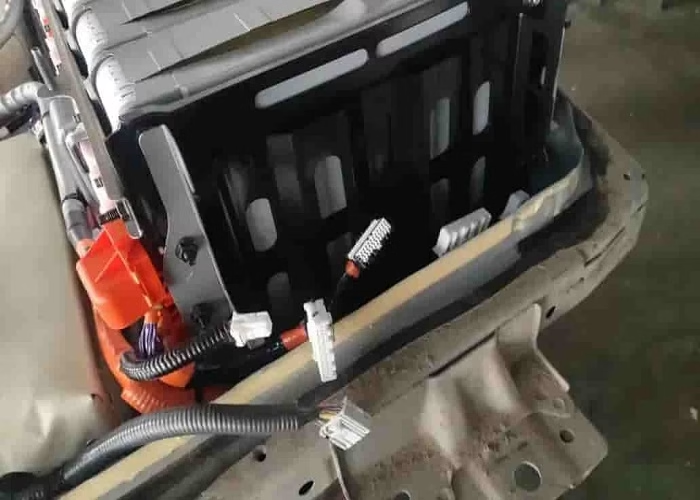
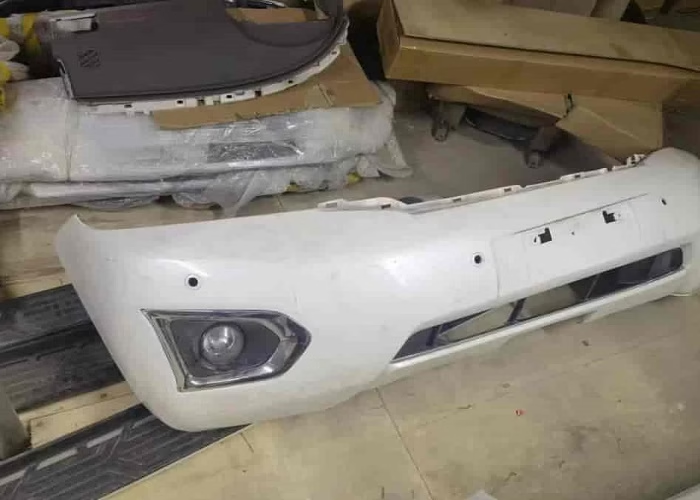
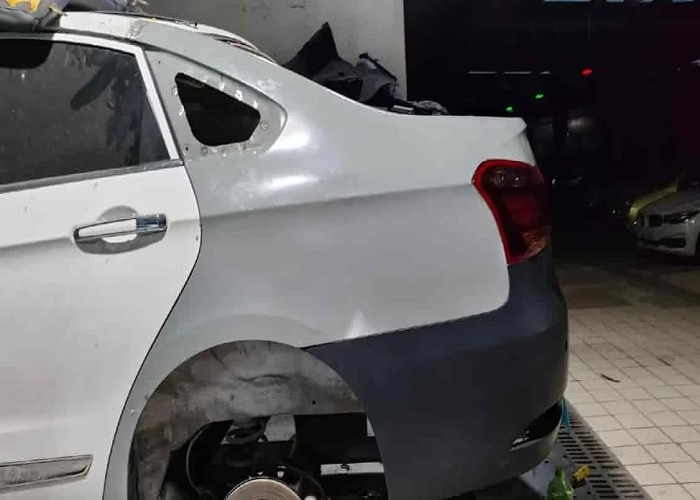
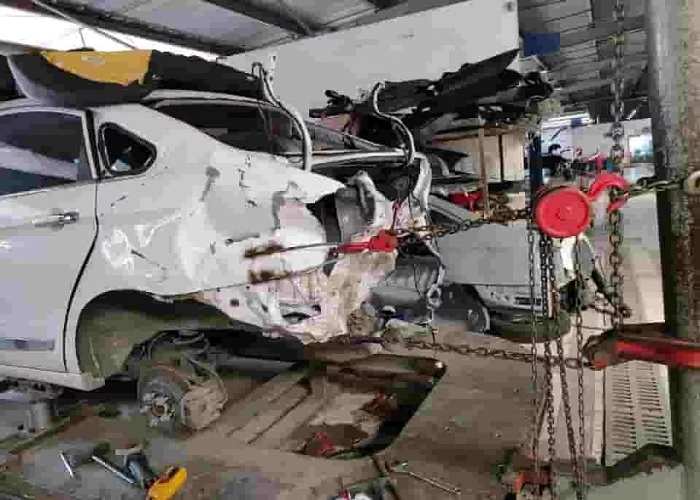
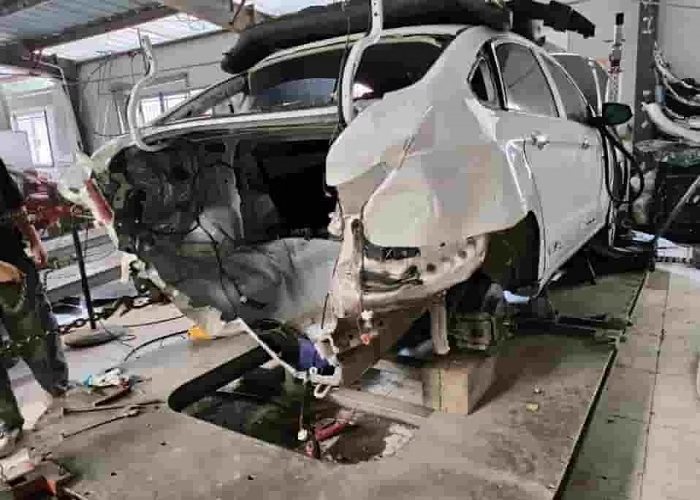
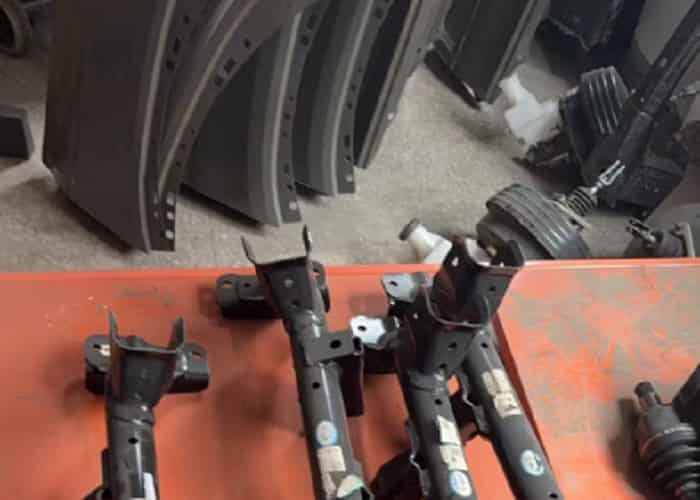




Leave a Reply